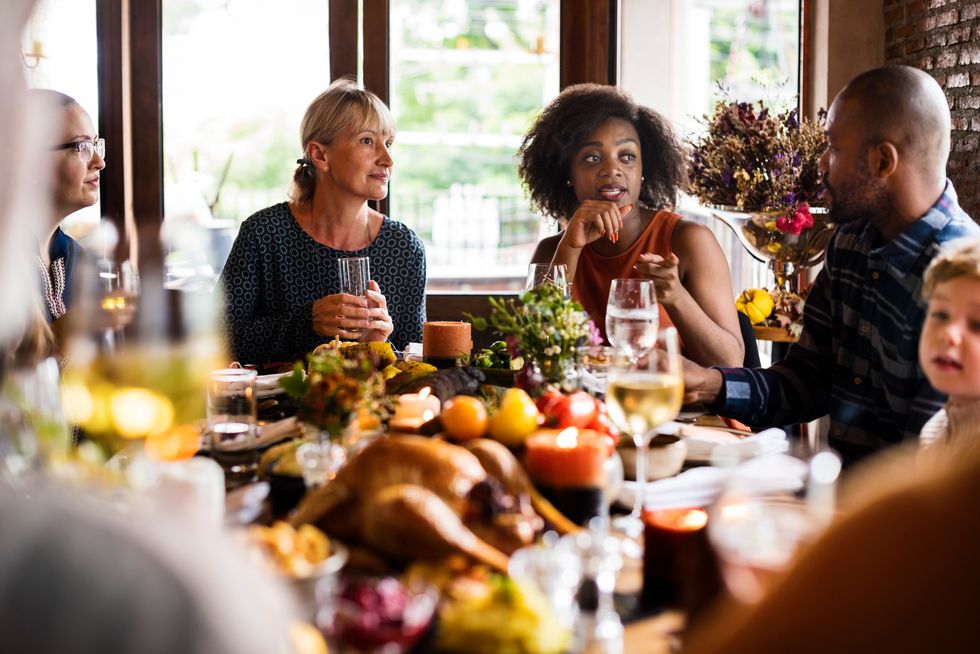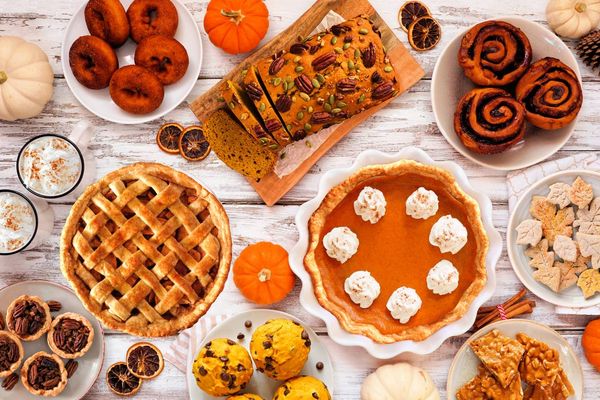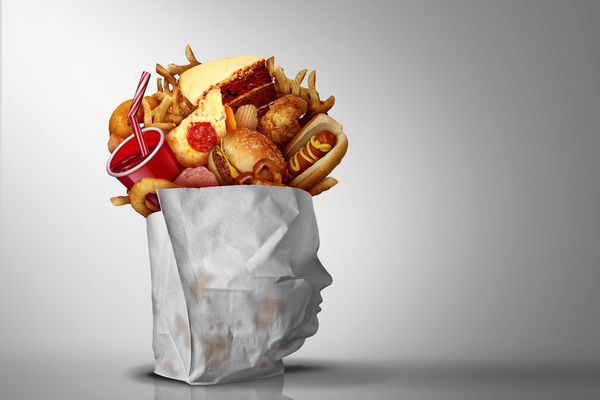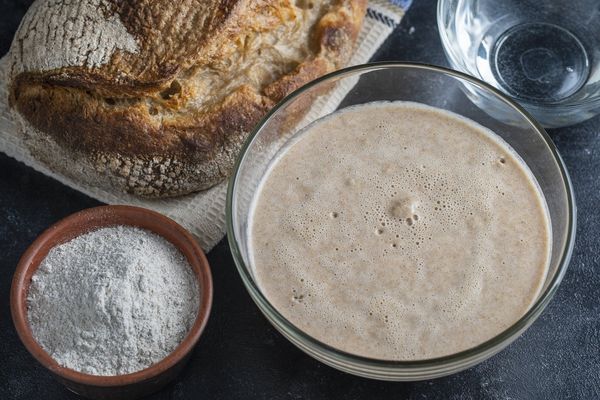With the approach of Thanksgiving, you're likely spending more time in the grocery store and the kitchen, busy preparing lots of food. There are certain foods you're more likely to use during this time of year, and it's important to be aware of the safety hazards associated with improper handling and storing of these, as well as proper cooking methods.
I'm not having a big crowd this year, but these tips can be applied to just about any situation, big or small. Wishing you all a happy, healthy, joyous Thanksgiving celebration!
Eggs
Beware of cracks. Bacteria, like Salmonella, can enter through a crack. That's why you should always check them before you buy them. If they crack while you're transporting them, when you get home, you should break them into a clean container, cover it tightly and store it in the refrigerator for up to two days. The exception to the rule is eggs that crack while you are hard-boiling them; these are safe to eat.
Remember that even eggs that are not cracked can contain Salmonella; always buy only refrigerated eggs and store them in the fridge as soon as you get home.
Turkey
Read the label carefully. The temperature labels will show if the bird is fresh or frozen. If it's fresh, don't buy it too far in advance—two days before Thanksgiving is a good rule of thumb.
Use two thermometers. One to ensure that the turkey is stored at the optimal temperature of 40 degrees Fahrenheit (or slightly below); the other to make sure it's cooked to a temperature of 165 degrees Fahrenheit.
Do not thaw on your counter. The safest methods is to thaw the bird in the refrigerator (allow one day for each five pounds); but if you're in a rush, you can use the microwave, or the cold-water method. Butterball offers some helpful advice.
Wash your hands—but not the turkey. Washing the turkey can spread germs onto nearby surfaces. Thorough cooking is the only way to kill any bacteria. But before you start, scrub your hands with soap and running water for at least 20 seconds—make sure to include the backs of your hands, between your fingers and under your nails.
Check the temperature in three different places. To test for doneness, the thermometer needs to be inserted in the thickest part of the breast, the innermost part of the thigh and the innermost part of the wing. It's a myth that the bird is done when the juices run clear (the turkey may be too dry by then); taking the temperature is the only true way of knowing.
Separate utensils, plates and cutting boards. To avoid cross-contamination, use items earmarked just for the raw turkey. When you're finished, wash them with warm soap and water or put them in the dishwasher.
Let the turkey sit. To allow the juices to set, after you take it out of the oven, wait 20 minutes before you carve it. The turkey will continue cooking for a few minutes after you take it out—and the juices will be drawn inward while it rests to give you a good, juicy turkey.
Leftovers
Many times, food is even better the second day—but make sure you keep it safe.
Refrigerate promptly. To prevent bacteria from growing, refrigerate any leftovers within two hours.
Wrap them well. To keep bacteria out, cover your leftovers or wrap them in airtight packaging or well-sealed storage containers.
Remove the stuffing. If you cook your turkey with the stuffing inside, take the stuffing out and refrigerate it separately.
Eat within three or four days. If you plan on eating them later, freeze them instead.
Keep doggie bags safe, too. If you're giving your guests doggie bags, send them in a cooler with ice or frozen gel packs if they live more than two hours away.
Exercise. (What's this doing in here? It's not about food … well actually, it is.) It's likely you've eaten more than you normally do. And it's likely you've eaten heavy foods that can make you sleepy and tempted to head for the couch. But resist the urge: A walk after a meal, even for as little as 15 minutes, can help with your digestion and blood sugar levels.







